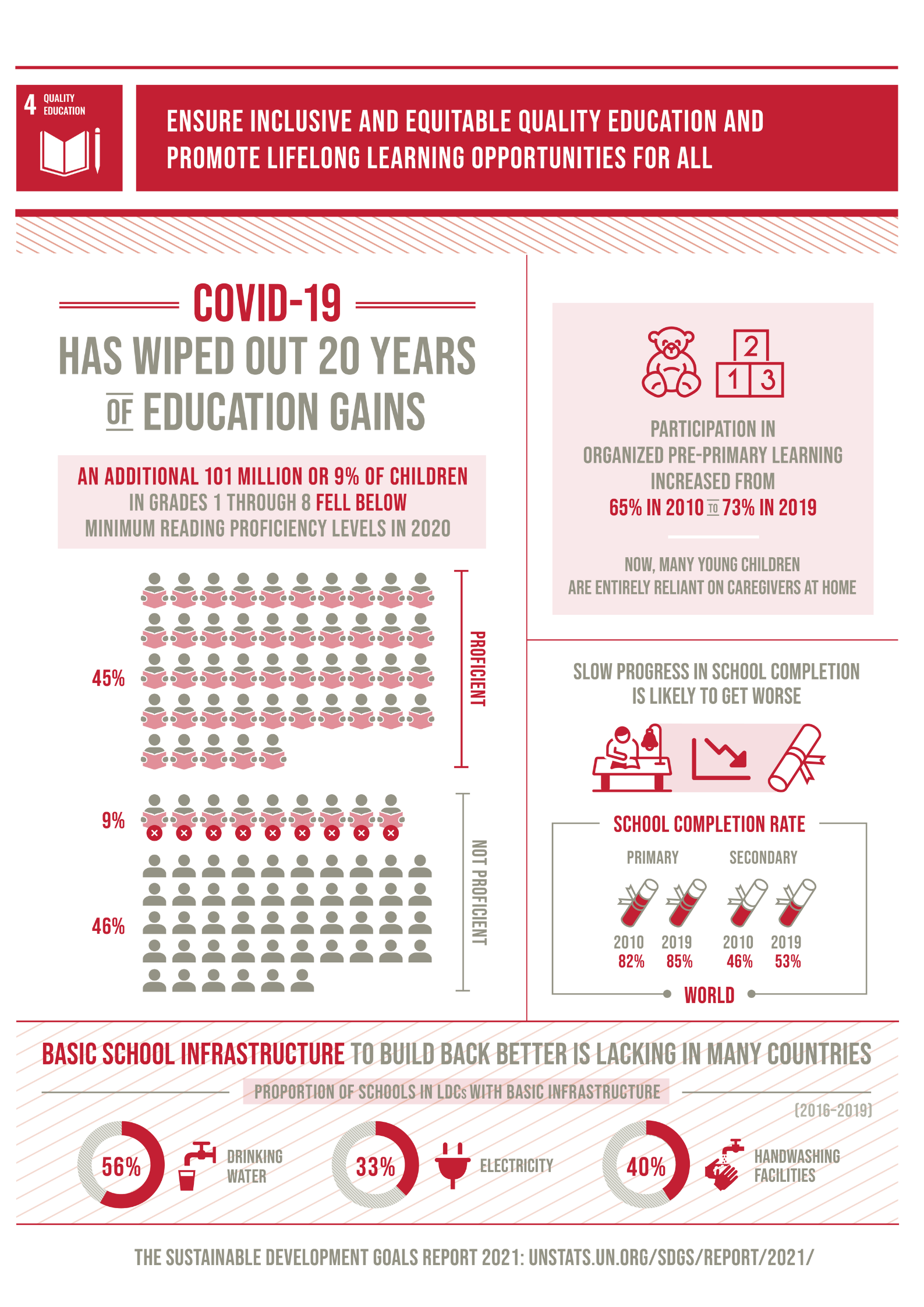The time is here and now. If we all can think in harmony and for decency in the life of every citizen of the world, life can become sustainable. Survival can become a second priority then. Being together in this mission, especially for everyone in education is important.
While this blog is composed and presented in December 2021, the world is facing the pandemic threat again. Things might take a pause. We are giving a CALL-TO-ACTION to the people in education. A school and university establish a structure to start discussions and deliberations about SDGs. Students who will read about SDGs and will suggest their own ideas to achieve them will be thankful for the early introduction to a global movement. Do not miss going to Teach SDGs and enhance your understanding of the SDGs.
To introduce this blog, we can have a look at this definition of the SDGs:
“The Sustainable Development Goals are the blueprint to achieve a better and more sustainable future for all. They address the global challenges we face, including those related to poverty, inequality, climate change, environmental degradation, peace and justice. The 17 Goals are all interconnected, and in order to leave no one behind, it is important that we achieve them all by 2030”.
The creativity, know-how, technology and financial resources from all of society is necessary to achieve the SDGs in every context. The beauty these words carry is in their own inclusiveness. if I go-ahead to work for thee goals, they shall add to my personal growth as well. Self-enhancement is the reward that a volunteer shall get while working for the SDGs. A student and a teacher, a policymaker or any officer associated with educational management can briefly follow the intent of the goals and this shall lead to a change in the approach one sees the work. The SDG No. 04 - which is related to Education, reads:
"Ensure inclusive and equitable quality education and promote lifelong learning opportunities for all"
These SDGs have a specific vision and scope with defined aspects that countries should work on. By 2030, the UN has envisioned that these goals will help the world come together to fight the serious concerns of education, health, peace, natural resources, health and sanitation etc. While we introduce this to students and teachers around the world, we cannot miss the opportunity to tell them that they are the keys to unlocking the success of the SDGs. The realisation of all the goals, even partially, shall depend on the way we bring collaboration at the educational institutions. As we are able to connect with the children and can easily make them see these things, we shall also reach the parents and family. The process is quite straight then. Through schools and universities, half of the world, more than that actually, shall get to know the SDGs and their role in it.
On the above link, we find defined targets for the accomplishments of the respective Goal. When it comes to education, SDGs have been comprehensive and have addressed prevalent issues like inclusiveness and gender equality and ICT skills. The Sustainable Development Goals are the blueprint to achieve a better and more sustainable future for all. They address the global challenges we face, including poverty, inequality, climate change, environmental degradation, peace and justice.
The impact of the COVID-19 pandemic on schooling is a “generational catastrophe”. Before the pandemic, progress was already slow and insufficient to achieve the education targets in the Goals. School closures caused by the pandemic have had devastating consequences for children’s learning and well-being. Hundreds of millions of children and young people are falling behind in their learning, which will have long-term impacts. One year into the COVID-19 crisis, two-thirds of students worldwide are still affected by full or partial school closures. The most vulnerable children and those unable to access remote learning are at increased risk of never returning to school and of being forced into child marriage or child labour.
It is estimated that 101 million additional children and young people (from grades 1 to 8) fell below the minimum reading proficiency level in 2020 owing to the consequences of the pandemic, which wiped out the education gains achieved over the past 20 years. Reading proficiency levels could recover by 2024, but only if exceptional efforts are devoted to the task through remedial and catch-up strategies.
COIVD-19 has certainly changed the way we see this world. When the perspective has changed, preparation and persistence shall also call for a modification. Have a look at the data shared by the SDG- UN about what has 'changed' in education around the world. It is not just an infographic but a warning sign, a call-for-action and an assertion to go ahead with SDGs.








